AO Edited
Ruins of Clopper Mill
The hidden ruins of a mill that is linked to an attempt to assassinate the vice president of the United States.
In 1865 a group of conspirators set out to kill the president and vice president of the United States. The president, Abraham Lincoln, was killed by John Wilkes Booth, but one of Wilkes Booth’s co-conspirators, George Atzerodt, failed to kill vice president Andrew Johnson. Atzerodt fled Washington to a property owned by his family in Germantown and, on his way, spent one night at Clopper Mill—unwittingly thrusting this structure into the pages of national history.
The beginnings of Clopper Mill date back to the 1770s when this grist mill was built to harness the energy of nearby Seneca Creek. In the early 1800s, the mill was sold to local businessman Francis Cassatt Clopper, who added another level to the mill. The mill remained functional until the early 1900s and was destroyed by a fire in 1947. The ruins of the mill today are part of Seneca Creek State Park, but they have not been developed, as they are in the flood plain of Seneca Creek.
The ruins, composed mostly of two of the original four walls of the mill, tower to a height of three stories. The top layer of red brick was added to the original mill by Francis Clopper. Perhaps while you visit these ruins you can ponder the lives of the generations of millers who lived here. Maybe you can even imagine George Atzerodt staying within the walls of the mill that lonely night a long time ago wondering about his impending fate (he was apprehended, tried, and hanged).
Know Before You Go
It is challenging to visit the Clopper Mill ruins. Some people park their car at Seneca Creek State Park or along spaces adjacent to Clopper Road that are large enough for cars, and then they walk on the shoulder (there are no sidewalks) towards the area where the mill is, but this is somewhat scary due to traffic.
A better approach is to park your car on a stretch of dirt to the right as you descend to the bottom of Waring Station Road (or have someone drop you there and pick you up later) and cross over to the other side of Clopper Road (there are traffic lights). There is a sharp drop from Clopper road to the land where the mill is located, so exercise caution. During spring and summer, the ruins of the mill are hidden by the vegetation. There is poison ivy and there may be ticks, so take precautions. The ideal times to visit are during late fall, winter, and early spring.
Community Contributors
Added by
Edited by
Plan Your Trip
The Atlas Obscura Podcast is Back!



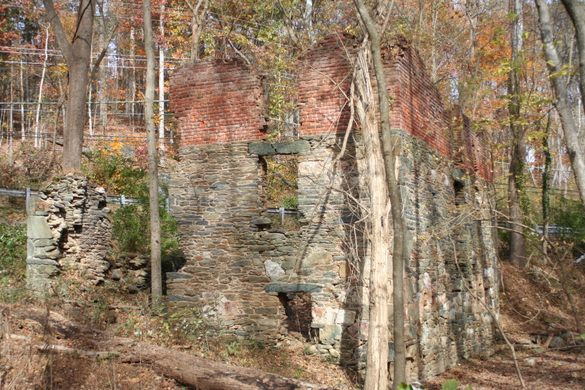
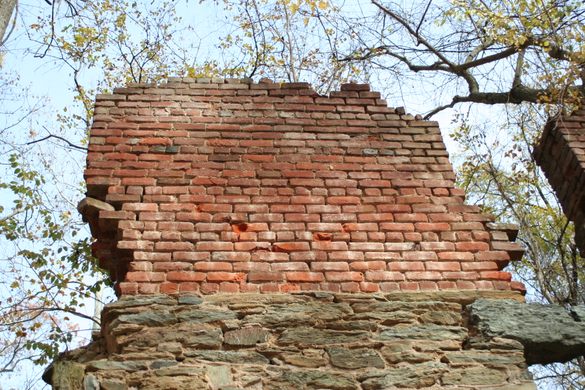
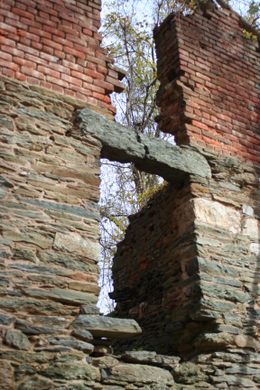
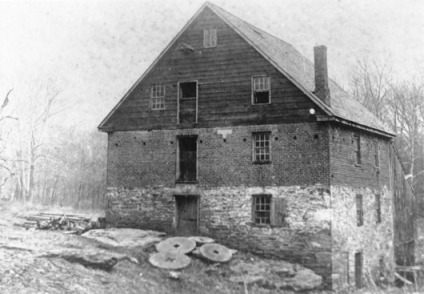
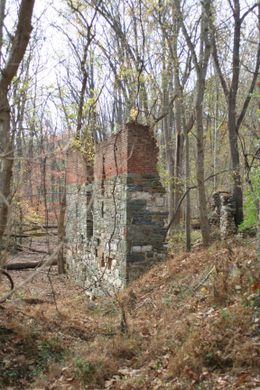
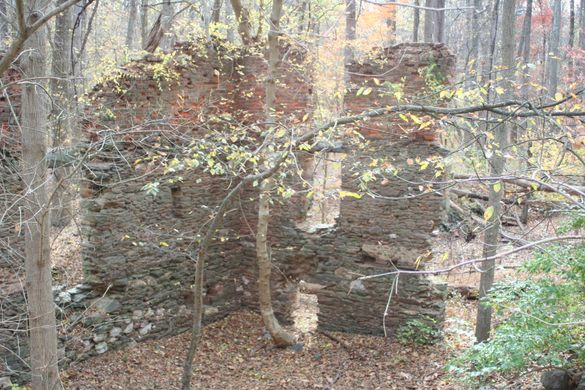
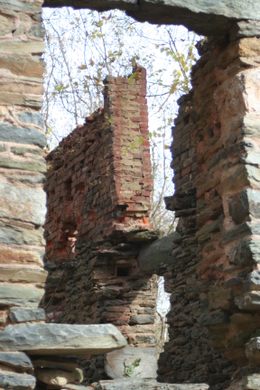








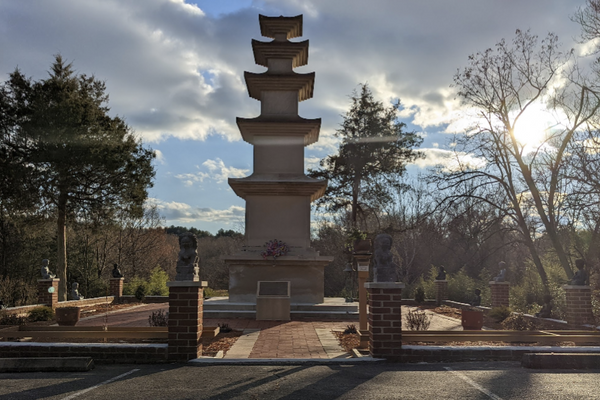
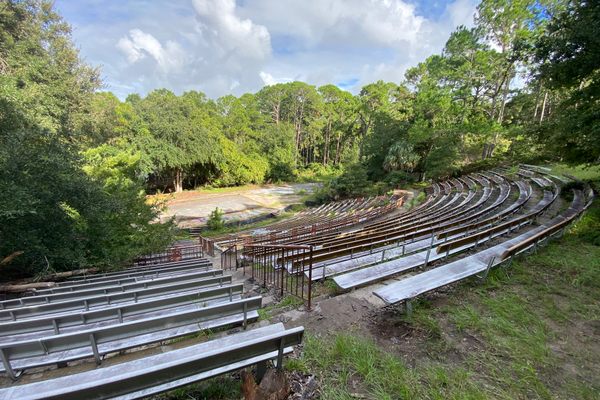
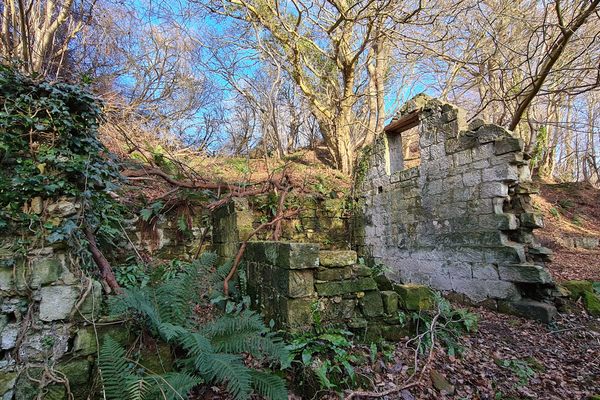
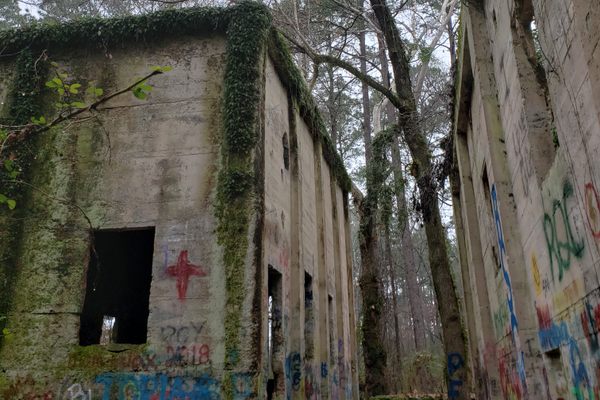
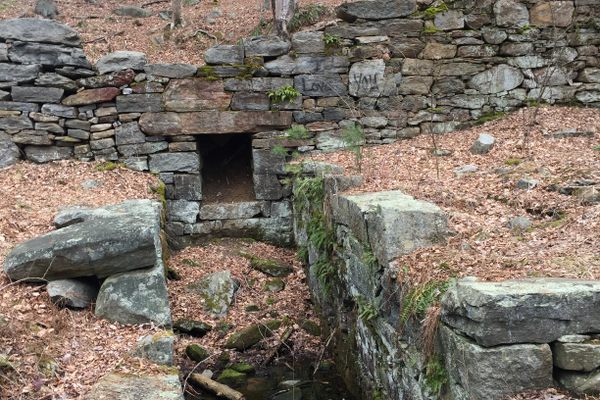

Follow us on Twitter to get the latest on the world's hidden wonders.
Like us on Facebook to get the latest on the world's hidden wonders.
Follow us on Twitter Like us on Facebook